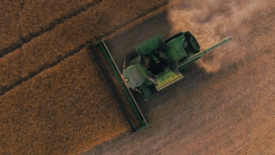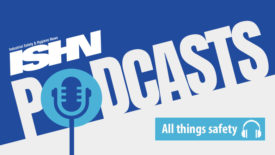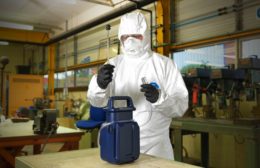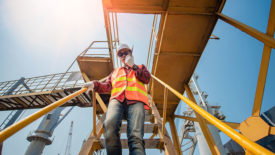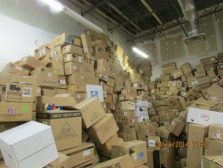Home » Keywords: » workplace hazards
Items Tagged with 'workplace hazards'
ARTICLES
A comprehensive guide to combustible dust best practices
Learn how to analyze and identify hazards to protect workers
March 29, 2024
Dollar General hit with another $3.4M in OSHA penalties
Since 2017, more than $21M in proposed fines for national retailer after 240 inspections
May 30, 2023
Leading Safety
Ignoring or engaging in risky behavior might be a perception issue
April 27, 2023
Get our new eMagazine delivered to your inbox every month.
Stay in the know on the latest safety trends.
SUBSCRIBE TODAYCopyright ©2024. All Rights Reserved BNP Media.
Design, CMS, Hosting & Web Development :: ePublishing



